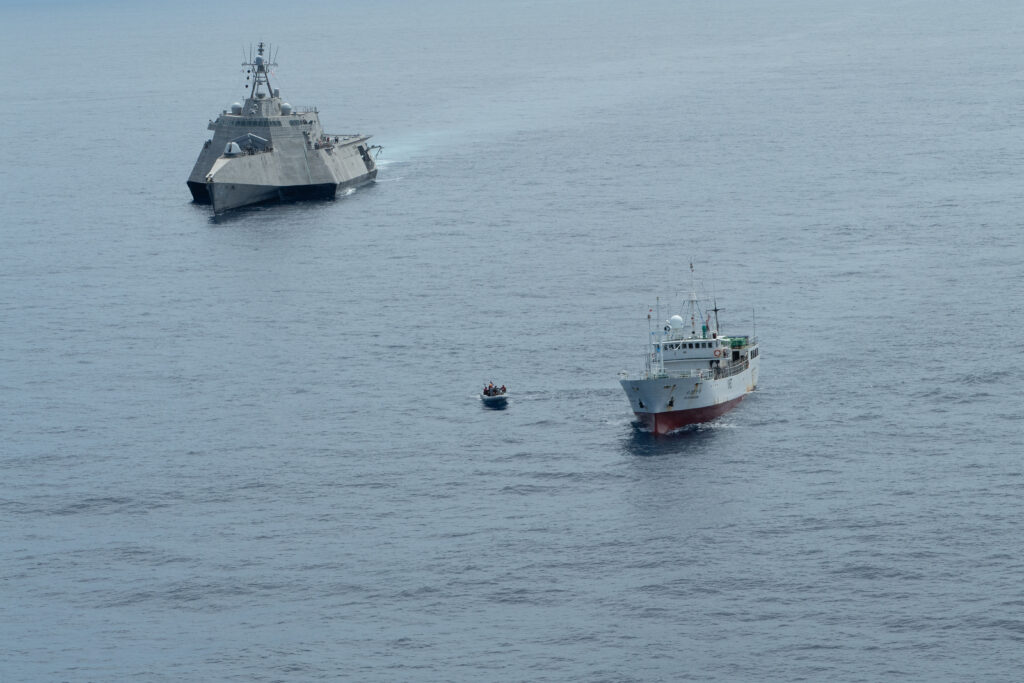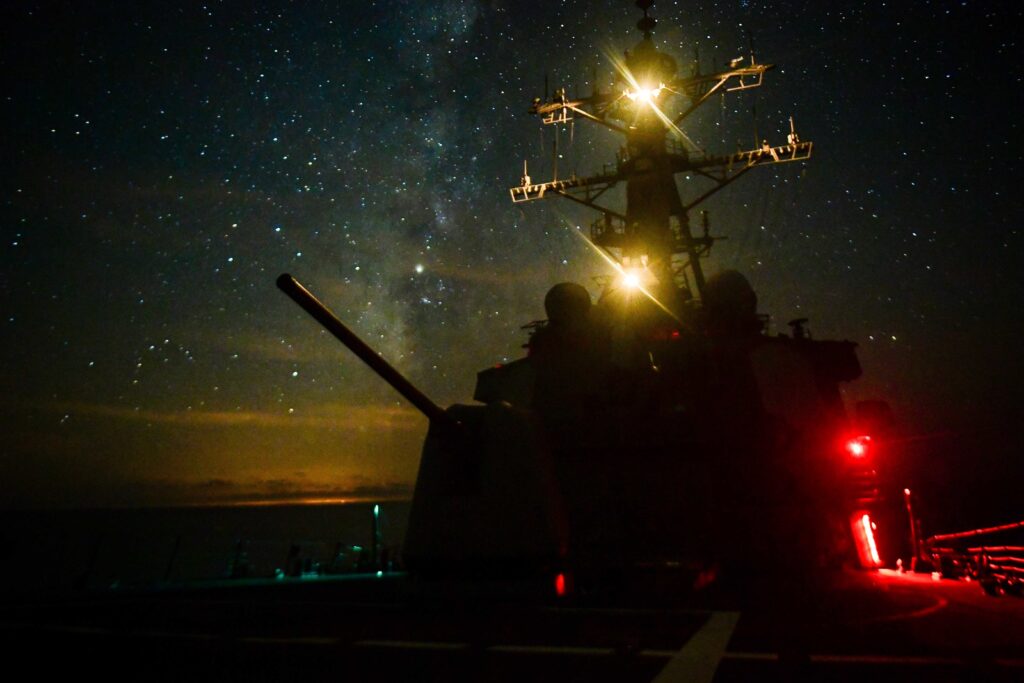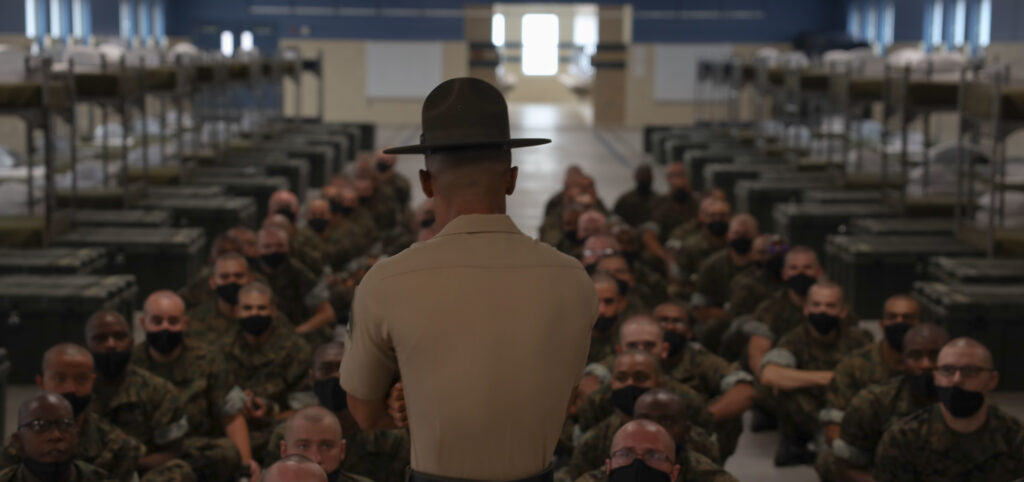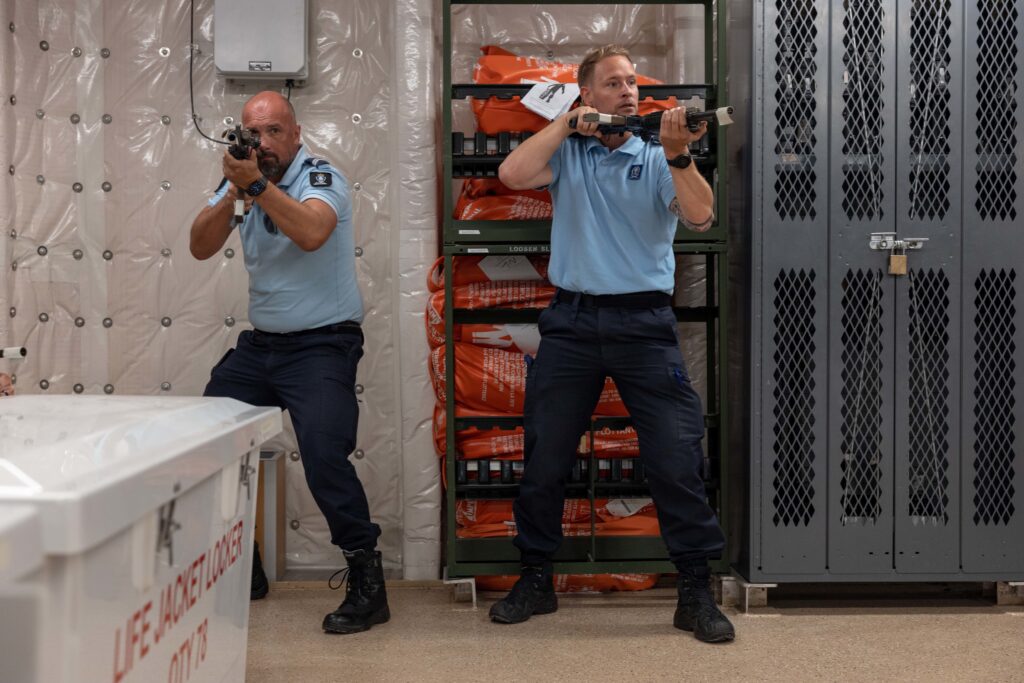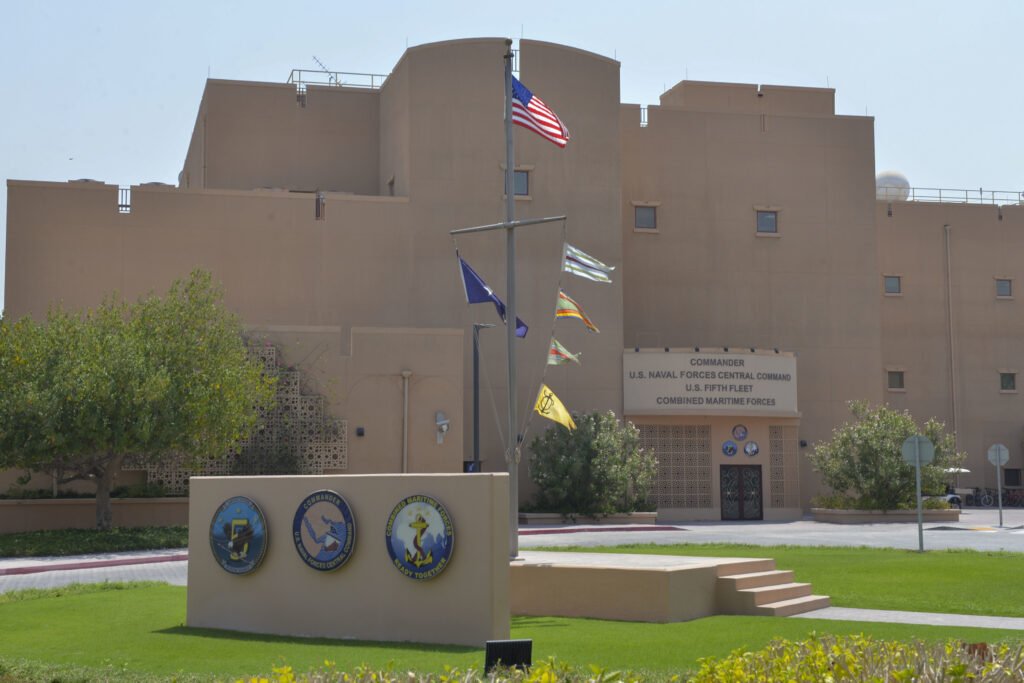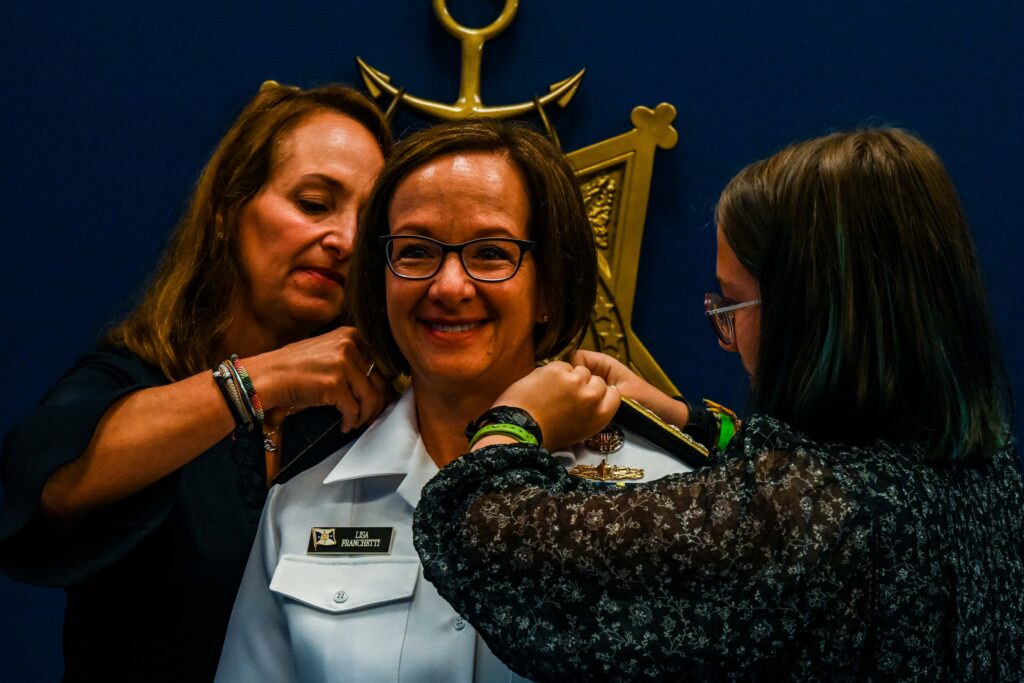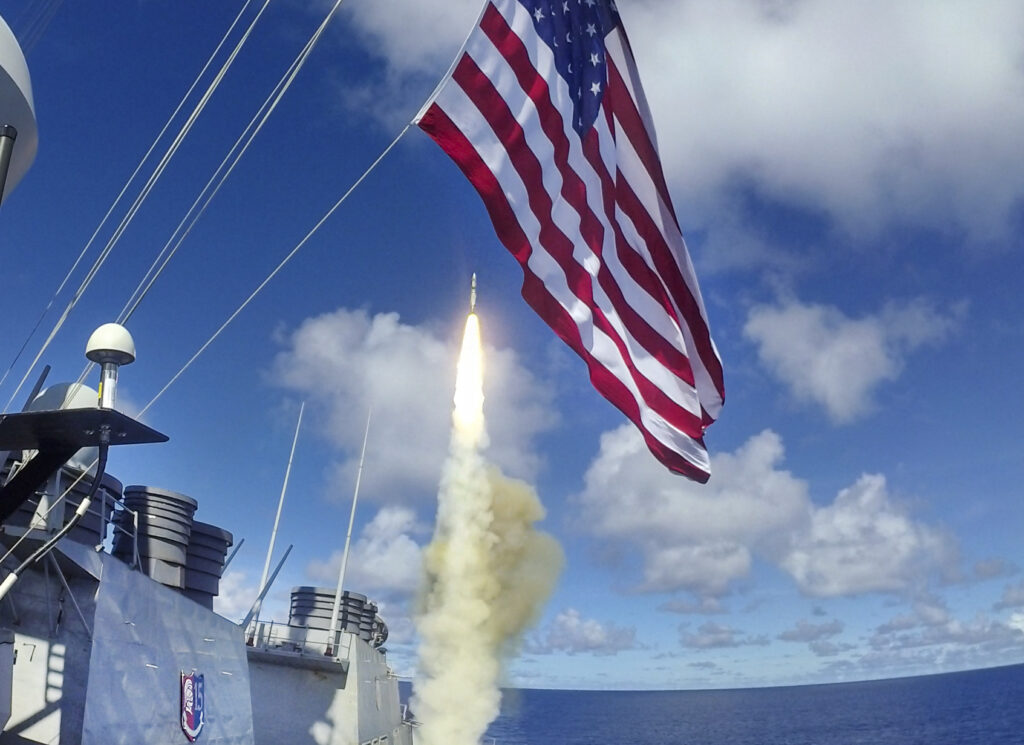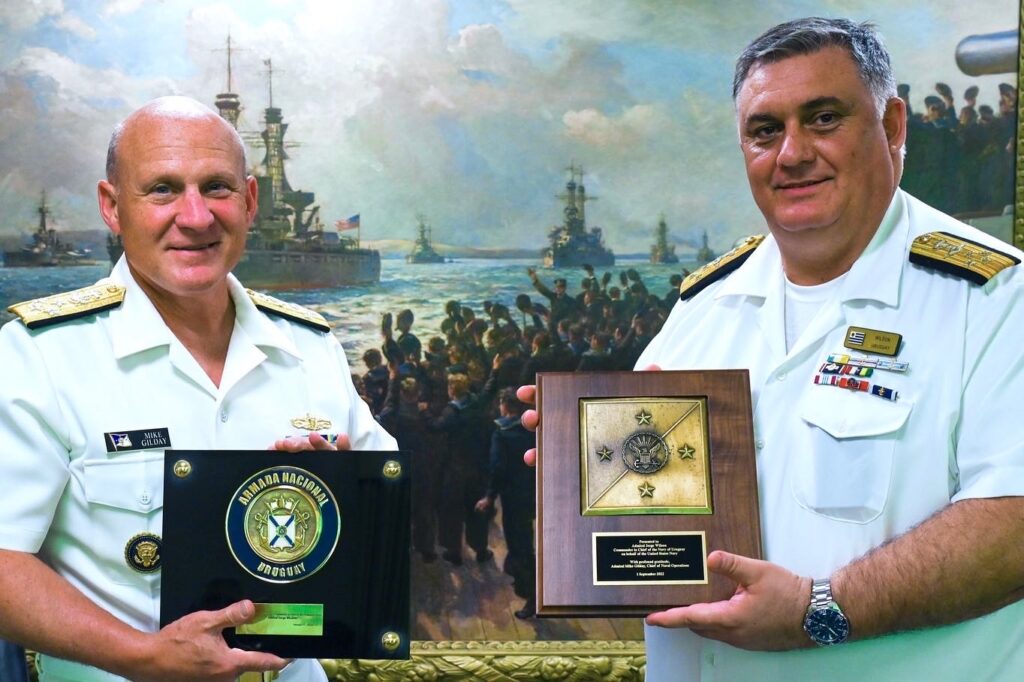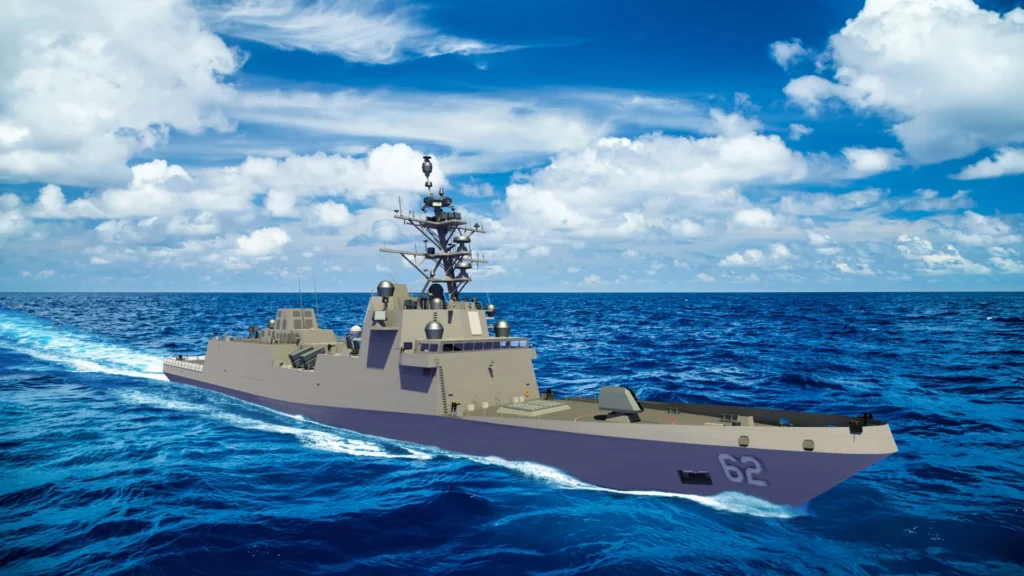DoD Submits Updated Red Hill Defuel Plan to Hawaii DOH

JOINT BASE PEARL HARBOR-HICKAM, Hawaii — The Department of Defense submitted on Sept. 7 its updated plan to defuel the Red Hill Bulk Underground Storage Facility to the Hawaii Department of Health, Commander Navy Region Hawaii public affairs said in a release.
Under the analysis completed as of the submission of Supplement 1.A, DoD projects completion of defueling by July 2024.
The new timeline reflects the DoD’s commitment to defuel Red Hill safely while consolidating and accelerating work at every opportunity. A team of experts from DoD, Navy and Defense Logistics Agency worked together over two months to refine and improve the defueling plan. The team condensed the repair timeline, determined certain activities could be conducted in parallel, and reduced the duration of the final phase of defueling from 8 months to approximately 5 months.
The DoD Red Hill Defueling Plan Supplement 1.A includes information on the DoD unpacking plan, infrastructure repairs and enhancements, training updates, schedule updates, and general comments addressing DOH feedback. Moving forward, DoD will continue to identify opportunities to accelerate timelines without sacrificing safety.
“This plan represents considerable work by our DoD and Navy team along with the regulators, and we remain completely focused on the safe and expeditious defueling of the facility,” said Rear Adm. Steve Barnett, commander, Navy Region Hawaii. “As we move forward, we will continually refine and improve this plan, and keep stakeholders and the community informed throughout the process. Every action we take must protect the environment and the community.”
The DoD plans to provide the Department of Health with an additional defueling plan supplement later this month. The next supplement will incorporate analysis from recent and expected studies that DoD did not receive in time to address in Supplemental 1.A, and which may identify additional infrastructure modifications to support defueling. If the incorporation of the above reports and their findings affect the defueling plan and its timelines, the next supplement will provide supporting details.
Throughout execution of this plan, DoD will coordinate with DOH and the U.S. Environmental Protection Agency to meet the requirements of and timelines established in the State’s Emergency Order, ensure compliance with environmental safeguards and defuel Red Hill in accordance with applicable federal, state and local regulations.
More information on the defueling work, including the updated plan, can be found here: www.navy.mil/jointbasewater.
